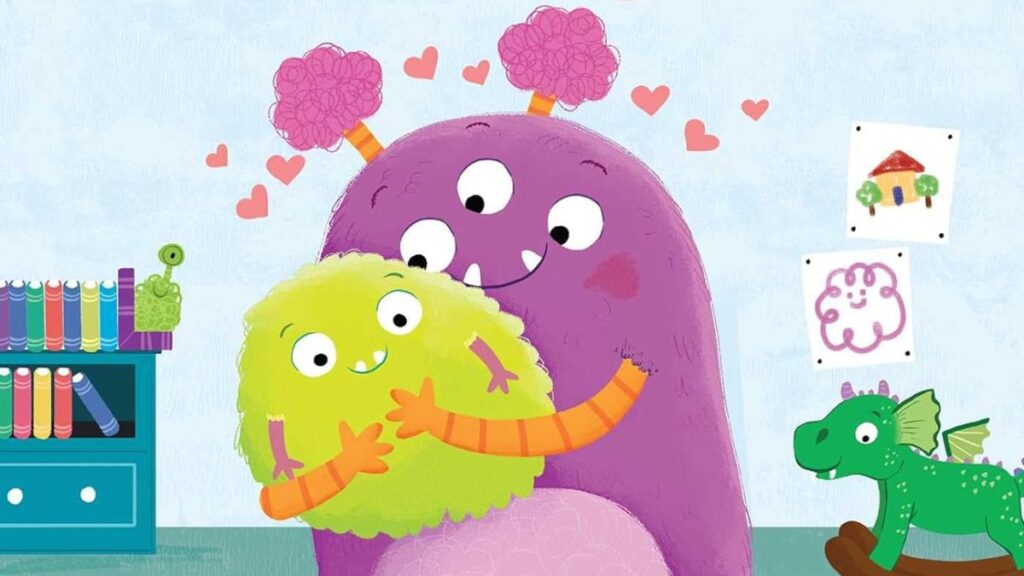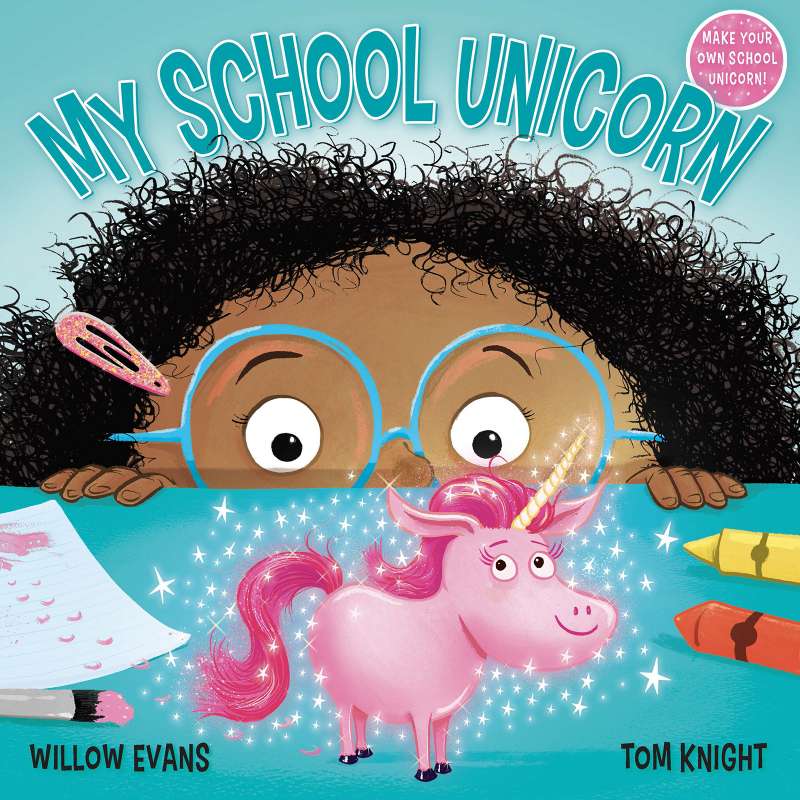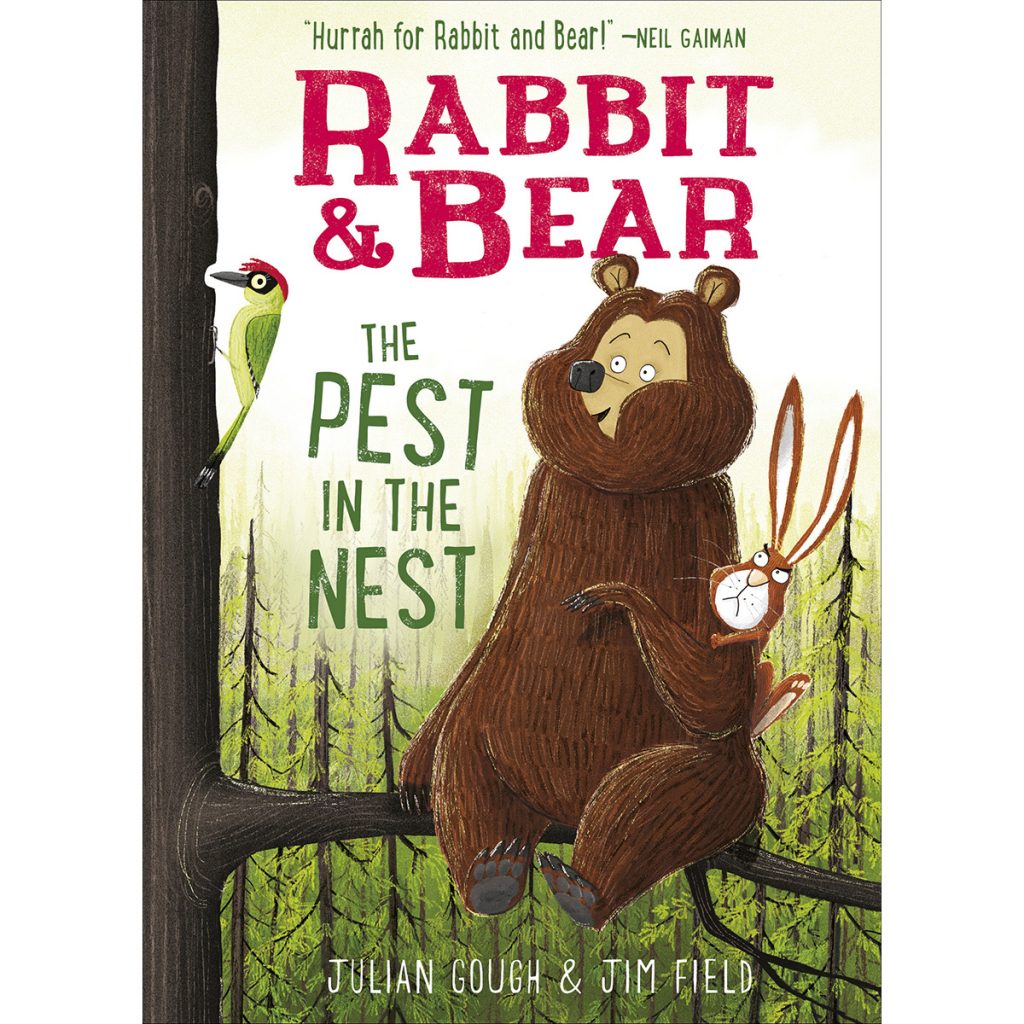By Christa Protano
In theaters this June, Disney/Pixar’s Inside Out 2 is back with all the familiar emotions of Joy, Fear, Anger, Disgust and Sadness. And this time, Anxiety, Envy, Ennui, and Embarrassment are joining the party too. When I saw the original animated film, I have to admit, it gave me a lot to think about in terms of how my own children will process all the big feelings that come along with growing up. Having some tools at the ready to help them understand and manage it all definitely helps—and it’s never too early to start.
“Caregivers can start talking about feelings when their children are still babies,” John Lochman, PhD, ABPP, a psychologist at the University of Alabama told the American Psychological Association. “Point out when book or movie characters feel sad, happy, angry, or worried.” To help you do just that, we’ve rounded up a few children’s books that talk about big feelings and emotions in a fun way.
You’re My Little Cuddle Bug: My First Cloth Book (Ages 0-2)
In addition to language skills and developing bedtime routines, reading to your newborn or infant goes a long well in terms of bonding and emotional learning. According to an article published by the Cleveland Clinic, “babies aren’t just looking at the pictures in their favorite books. They’re also watching you frown when a book character is frustrated or smile at the happy ending.” This in turn leads them to mimic your expressions and sounds and boosts brain development.
That said, the new cloth book You’re My Little Cuddle Bug is perfect for snuggling up with your little one. Full of bright colors, adorable characters, and simple labels, kids will love the soft cloth and crinkle pages that create a tactile experience to stimulate their senses. The included silicone teether and soft pages add interactive play that sharpen motor skills, while a mirror offers a special surprise and encourages self-discovery.
What would happen if your child’s favorite stuffed animal went missing? I can tell you, it would not be a good day in our house. My daughter has all 48 (yes, you read that right…thank you, grandma!) stuffies accounted for in her little brain. Too many? Maybe, but according to the International Collegiate Journal of Science, plushies are more than just a toy. They promote healthy sleep habits, reading encouragement, and even pain prevention following surgery. And that’s why this picture book can be a life saver. We recommend reading Cuddle Monster as a family so everyone will know how to react if your child’s favorite cuddly friend suddenly disappears.
What could be better than a magical unicorn to help chase away any new school worries or anxiety? In this tale, readers will discover how the main character, Evie, gets help from a tiny mythical creature to tackle her next learning adventure. This is a wonderful story to read to your child in the weeks leading up to the first day of school. Bonus: the back of the book includes step-by-step instructions so your child can make their very own magical friend.
My 11-year-old son used to be afraid to go upstairs by himself…until Action Dude came along. In this new graphic novel, nine-year-old Charlie Munderdrew morphs into his brave alter ego and saves a theme park from a bunch of robots going haywire. At one point during his dangerous adventure, Action Dude tells a friend who is scared, “The trick is to feel the fear—then throw the fear away.” And later in the story, the superhero takes his own advice to overcome his fear of spiders. Now, my own son is using the same tactic to be a little more independent. Thanks, Action Dude!
Rabbit & Bear: The Pest in the Nest (Ages 6-8)
The Rabbit & Bear series follows eponymous characters along with other silly animals as they go about their lives in the woods. Each of these early chapter books teaches a valuable life lesson disguised within a hilarious story (did we mention occasional poop jokes?) in which different species work together to achieve peace and harmony in their forest community. The Pest in the Nest sees a grumpy Rabbit emerging from winter to find some new friends in his burrow. With the help of Bear, he learns how to shift his thinking in order to remain calm and be more accepting of others—life lessons wrapped up in this silly tale, perfect for parents and children alike.












